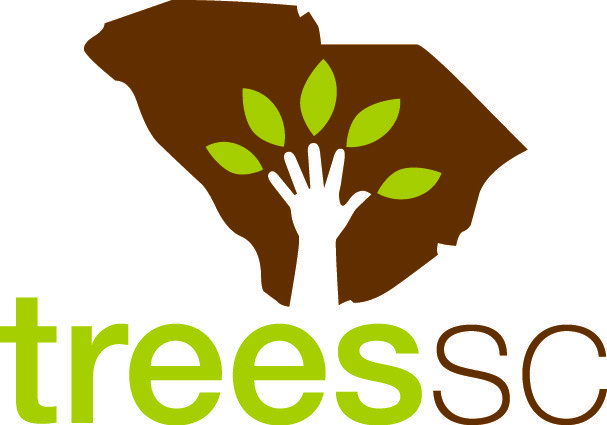
Danny Burbage’s On The Stump column in this issue provides powerful insight on the development and support of Charleston’s urban forestry program. If you haven’t already, I strongly encourage you to read it. Full disclosure – in 1987, my first real job out of Forestry School was with the SC Forestry Commission; I was stationed in Charleston. Danny was one of the first folks I was introduced to; he has been one of the most helpful, fascinating and loyal mentors you could hope for. He’s a good friend and one of my favorite people.
Charleston is perhaps South Carolina’s most beloved, historic seaport. Tourism is vital, but not the only driver of it’s thriving economy: real estate, industry, technology and business all play major roles. That such staunch support for the urban forestry program for 40 years has come from the very top of City government is uniquely beneficial to the trees, people and City of Charleston.
Danny has been in charge of the program for 32 years. When he started in 1983 his group was known as “The Tree Gang” but soon thereafter upgraded their brand to Urban Forestry – as suggested by Mayor Riley! Charleston uses both in-house tree crews and contracted crews for planting and maintenance of street and park trees. Danny estimates they contract roughly the same amount of work (including street tree maintenance and planting) as they do in-house.
Charleston’s current population is about 133,000, up more than 60% from the early 1980s. The City workforce numbers nearly 2,000. The City utilizes an inventory of street trees and park trees, using the Davy product TreeKeeper and the data is stored in the Cloud. There are over 18,000 street trees and 5,500 park trees in the inventory, Danny estimates that another 10,000 – 15,000 street trees and 3,000 park trees have yet to be inventoried, due in part to annexation.
Tree planting in Charleston has evolved with the times. The City used to plant 300 to 400 new trees annually, but recently that number has declined to 150 – 200. However, other entities are planting street trees that contribute to the total number of new trees. Several years ago the City began requiring new subdivisions to install street trees as they are developed, and some road projects funded by a local sales tax include street trees.
There are 2 nonprofit organizations that exist solely to fund tree planting in the City – one of them, Charleston Trees, has been in existence for 25 years and has raised a significant amount of public and private funds for public trees. Charleston Trees’ signature annual event is an oyster roast, for which a limited number of tickets are sold.
With careful deliberation, the idea of a special event to raise funds for local tree programs could be successfully, perhaps even widely adapted to other communities in South Carolina. Could be an oyster roast, a golf tournament (see Irmo) or it could play to some other strength innate to a particular community or region.
“The key to this type of thing,” says Danny, “is to think outside the box.”

Recent Comments